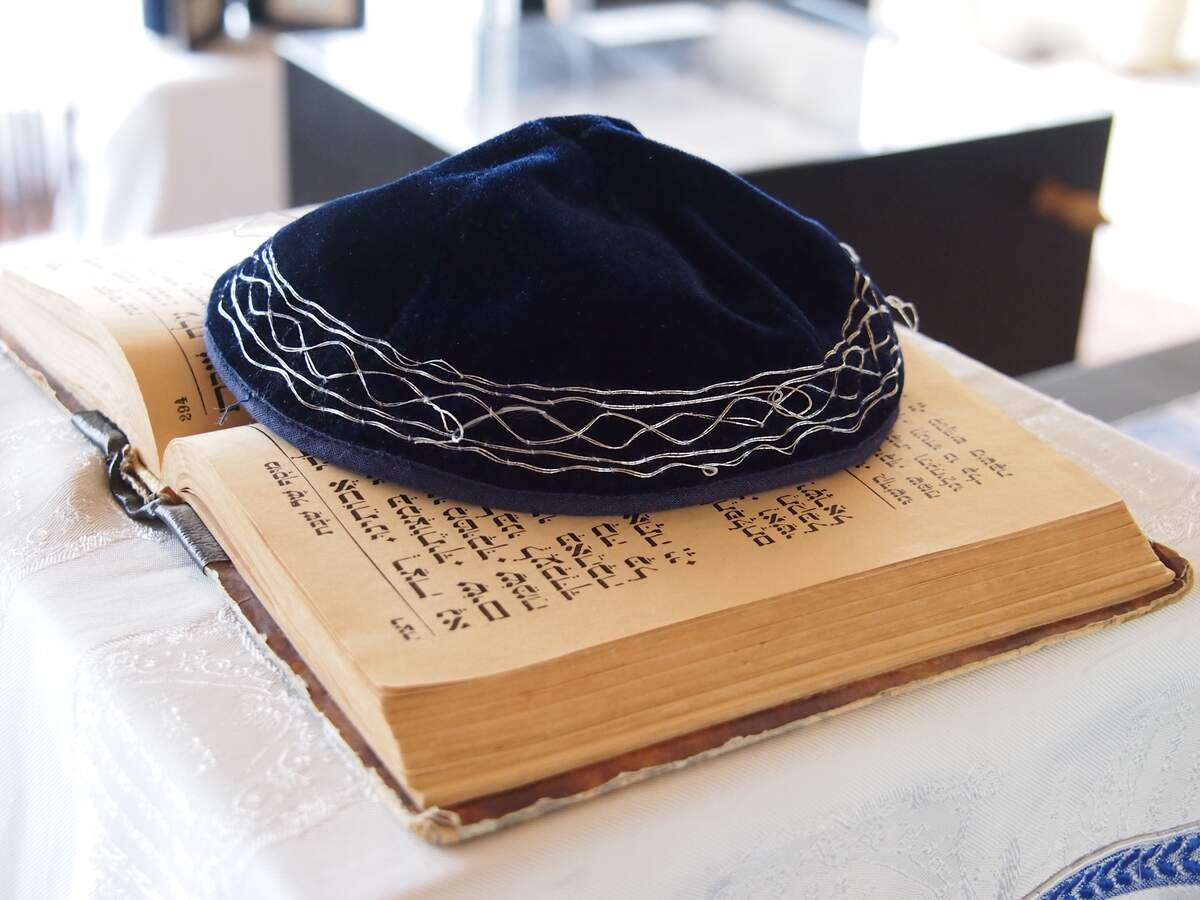

The Start of Sukkot
Also known as
Feast of Booths
Feast of Tabernacles
Feast of the Ingathering
Observed
the 15th of Tishri in the Hebrew calendar
Dates
Tags
Religion & Spirituality
Hashtags
Sources
Sukkot, a Jewish autumn festival lasting seven days in Israel and eight days in the diaspora, starts on the fifteenth day of Tishri, five days after Yom Kippur. Literally interpreted as "Feast of Booths," the holiday is significant for both agricultural and religious reasons. In the book of Exodus, it marks the end of harvest time and of the agricultural year. In the book of Leviticus, it has religious and historical significance, commemorating the Exodus of the Jews from Egypt and subsequent forty years of wandering in the desert.
It is one of three Pilgrimage Festivals in the Hebrew Bible, along with Passover and Shavuot. During the time of the Temple, a pilgrimage was made to it every seven years on the holiday. The pilgrimage was stopped after the destruction of the Temple in 70 CE, but it was revived again in the 1950s. Today, many people visit Jerusalem during the holiday, and Sukkot is a public holiday in Israel.
A temporary structure called a sukkah is often built the day before the first day of Sukkot, and much of the holiday is spent within it. Meals are eaten in it, and some people sleep in it as well. The roof is made with sechach (or s'chach), which consists of materials such as palm branches, reeds, corn stalks, and bamboo poles. The walls can be made with other materials, such as wood, siding, sheets, or canvas. Many are built every year, although some are foldable and are just set up each year. Gardens and balconies are common locations for them, and their interior is commonly decorated with fruit, plants, shiny objects, and items associated with the Torah. Tying into the agricultural significance of the day, a sukkah symbolizes the structures that farmers once lived in while harvesting. The religious and historical significance of the day is also brought in, as the sukkah symbolizes the structures that the Israelites lived in during their purported forty years of wandering after fleeing Egypt.
Four plant species are significant to the day: lulav, hadass, aravah, and etrog. On each day of the holiday except for the Sabbath, the plants are waved in certain directions after a blessing is recited. This can be done in a sukkah, synagogue, or home.
Different festivities take place on different days during Sukkot, although prayers and the reading of the Torah take place every day. On the first day, many Jews don't work, and prayer services and holiday meals are held. The first and the second day are observed similar to the Sabbath. The middle days of Sukkot are called Chol Hamoed. Some work can be done on these days, but some is forbidden. Work associated with the holiday can be done, such as making food and traveling to a friend's celebration, but labor-filled work such as doing laundry may not be done. The time is often treated as a vacation period.
The seventh day is known as Hoshana Rabbah, meaning Great Hosanna or Great Supplication. On this day, the four species of plants are held, and worshippers walk seven circuits around the synagogue. The eighth day is called Shemini Atzeret, or the "Eighth Day of the Solemn Assembly." Some consider it a separate festival. In Israel, this day is also called Simchat Torah, and it marks the ending of the annual cycle of readings of the Torah. Outside of Israel, it is celebrated on its own on the following day.
How to Observe The Start of Sukkot
If you are of the Jewish faith, you could celebrate the day by following the rituals and customs ascribed to the day. A sukkah could be put up, with meals and other festivities taking place within it. The Torah and other religious texts could be read. The four plant species associated with the day—lulav, hadass, aravah, and etrog—could be procured. Jerusalem could be visited. Those who are not Jewish could visit Jerusalem as well. Although the day is primarily observed by Jews, some Christian denominations that celebrate Old Testament holidays also celebrate the day as well, just as Jesus celebrated the day.





















